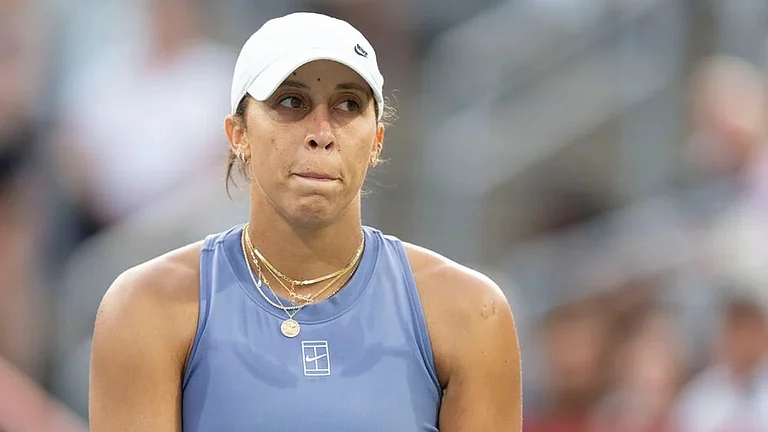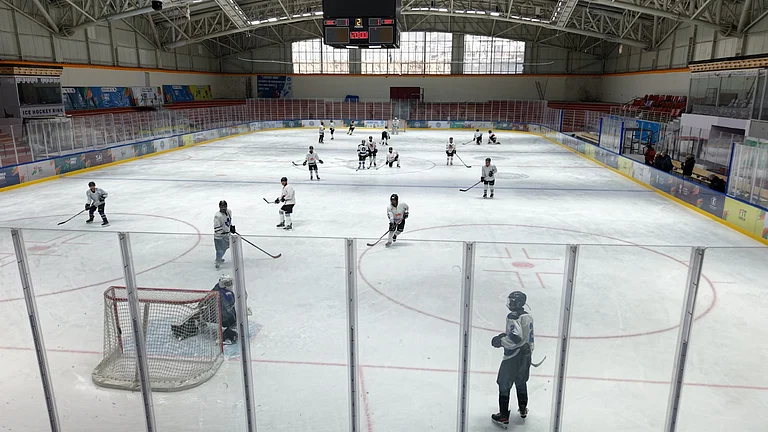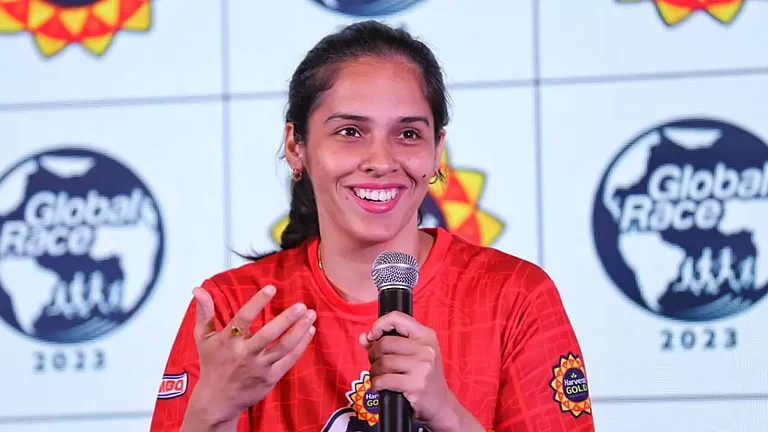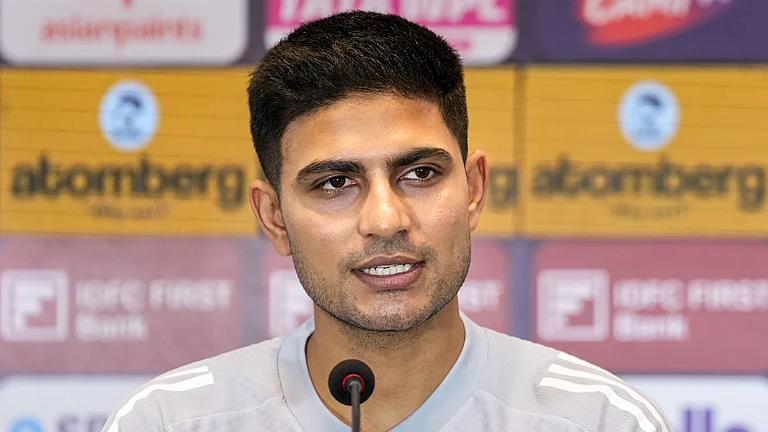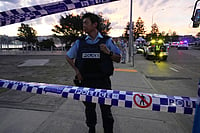- 99% eradication of polio globally; 16 million lives saved because of vaccine
- 3 countries, Afghanistan, Nigeria, and Pakistan, still are not free from polio
- 14 cents is the cost of a single oral vaccine, one of the cheapest drugs
Reducing the number of polio cases from 200,000 each year to zero was a huge challenge, especially in a complex, sprawling and unruly nation like India. This is what the nation achieved in 2012 with the eradication of the dreaded and debilitating disease. For several years since then, the country’s hasn’t witnessed an incidence of the disease. The lessons that India learnt from polio enabled her to put in place a public health system that’s being used to tackle other diseases. It led to innovations and strategies to improve the health institutions in the country.
But the journey towards a polio-free India was long, hard, and arduous. It was full of mistakes, and blunders. This led to delays, and India achieved the polio-free status over a decade later than 2000, the target year that the World Health Organization (WHO) set in 1988 to eradicate polio globally. In 1988, polio was endemic in 125 countries, including India, and WHO launched the Global Polio Eradication Initiative in partnerships with the respective national governments, Rotary International, and UNICEF. It was possibly the largest global public health initiative.

In the case of India, the polio program was directly monitored by the Prime Minister’s Office, apart from the global partners, especially WHO, although it was implemented by the various central and states’ public health organizations. Huge central funds were budgeted for the program, and there was a political will to make India free of the disease. Yet, the relevant policy makers, and implementation agencies at various levels initially didn’t account for major issues that are common in public health initiatives, especially those related to vaccination of a huge population.
For decades, past experiences with small-pox and other illnesses alerted public health experts about the two persistent and prominent issues in any vaccination-related disease control program — ‘failure to vaccinate’, and ‘failure of vaccine’. The failure to address them adequately delayed the progress in the war against polio, as also other diseases. The failure to vaccinate is an obvious problem in a large, densely-populated, and diverse country like India. To cover such a large populace with a vaccine is a tough task under the most normal circumstances.
A 2016 study by several researchers, titled Polio Eradication in India: The Lessons Learned, said that to do so in a nation with poor civic infrastructure, and poor sanitation, apart from malnutrition, difficult-to-reach locales, high population mobility, and extremely high-force of virus transmission, is both “difficult and demanding”. In addition, the large migratory population impedes the process of complete vaccination. In addition, children may be away from homes for several reasons, which can impede the process.
In the case of polio, for example, the ‘failure to vaccinate’, i.e. cover all the children, occurred when the relevant officials underestimated the number of missing children, who were not vaccinated. This happened because the officials hoped to cover the population through visits by the people to the designated government-operated vaccine booths on specific days in their areas. This didn’t work because booth visits were not possible for children of migrant labour, families who were travelling, or children who simply failed to arrive at the booths for various reasons.

Hence, to cover the children, who had escaped the booths, the government was forced to opt for house-to-house drives. Officials, however, realized that even this mechanism wouldn’t be enough to vaccinate the children of the huge number of migrants, who leave their villages along with their children to work seasonally in far-flung areas — like farm labour from Bihar to Punjab. So, according to a polio pamphlet prepared by the Indian and global stakeholders, “transit vaccination teams” were deployed at “train stations, on running trains, bus stands, highways, markets, and prominent road crossings to give the vaccine to children in transit”. This was an additional way to enhance coverage, and ensure complete vaccination.
While this helped, it still wasn’t enough to achieve 100% vaccination that was required, and remained the desired objective. This led to the “congregation site vaccination”, where the oral doses were given at fairs and festivals to both those who attended them and others who were en-route to such social and religious gatherings. Events such as Shravani Mela, Kumbh Mela, and Urs were targeted with “special communications interventions” such as printed literature, public announcements, street theatre performances, puppet shows, and film shows.
Despite such expansion, the officials weren’t satisfied. This was because they knew that the polio virus had an unusual ability to migrate along with humans, and across continents — from India to Angola, Yemen to Indonesia. Hence, an immunization and vaccination drive was undertaken along the country’s international borders, including the western and eastern fronts. However, this drive in the areas along the India-Pakistan border was delayed for various reasons, and was undertaken from September 2011. Dozens of border posts along the India-Nepal border were also targeted around the same time.
The failure to vaccinate all the children was also due to cultural reasons. Government officials should have been aware of these problems, as similar cases and incidents were evident in the earlier public health drives like the family planning program in the 1970s. But, initially, in the case of polio, they didn’t take them into consideration. For example, the marginalized and minority communities are generally beset with gossip, rumours, and misinformation during public health drives.
As in the cases of past schemes, people wrongly believed that the polio oral vaccine caused impotence, and reduced penile strength. Misinformation was common because of people’s own beliefs, or what they were told by their specific community and religious leaders. For example, people wrongly believed that the pink colour of the polio vaccine was due to ingredients like pig’s blood, fat and meat, which were ‘haraam’ (blasphemy) for people of the Islamic faith. Conspiracy theories abounded. Whisper campaigns spread that the vaccine was manufactured by the Jews, and being used by the Americans to “finish Muslims”. They obviously created a panic within the community.
The prevailing mindset of cynicism against the ruling establishments, which were perceived as never doing anything good for the specific communities, made people question the act of vaccination. A 2009 research paper, Deconstructing Social Resistance to Pulse Polio Campaign in Two North Indian Districts, found that people in the two districts of western Uttar Pradesh asked questions like, “Why are they (governments) so much interested in getting our children immunized by this particular vaccine?” This was in the context that the governments had never done anything for them in the past.
The same paper said that such misinformation crusades were possibly orchestrated. The rumours began among certain communities in the two districts a few days, sometimes weeks, before the vaccination days. They were often supported by the locally-circulated newspapers, magazines, even religious leaflets. They were amplified by “largely-restricted announcements through static and/or mobile public address systems”. Sometimes, they were reinforced by speeches and sermons after prayers at specific religious places.
To counter these rumours and misinformation, and to convince the local communities of the benefits of polio vaccination, UNICEF set up a Social Mobilization Network (SMNet). Its aim, according to information on the India Polio Learning Exchange’s website, was to “tackle resistance” to polio vaccination, “often due to Muslim parents fearing that the regular polio campaigns were a plot to sterilize their children”. Under the network, an army of 7,000 social mobilizers from the same community and areas, who spoke the local languages, worked with medical practitioners, religious and community leaders, school teachers and other community members. They successfully influenced “local opinions, norms and practices”.
To further ensure 100% vaccination, specific under-served areas, which were inaccessible, and where the chances of incidence were high or virus’ residence huge, were identified. Such high-risk blocks were mapped, and additional stay points built for enhanced supervision and efforts. Other novel, yet simple, measures included finger-marking, where the “little finger on the left hand of the (vaccinated) child was marked with indelible ink”. Another one was “bindi-marking to denote number of under-5 children”. This was to ensure that none of the children escaped vaccination.
Houses in several areas and regions were either marked as ‘P’, i.e. all children in such households were immunized, or ‘X’, i.e. some children were missing. The latter were further sub-categorized as locked houses, houses with a sick child, and houses that resisted vaccination to make sure that the relevant public health authorities could take the appropriate follow-up measures and vaccinate the children in these households.
All these initiatives were efficiently implemented because of the serious involvement of the central and state governments from the late 1990s to 2012. “Unprecedented government ownership and commitment towards this mass health initiative were key to success.... The Prime Minister’s Office directly supervised and periodically reviewed the performance of the program,” said the 2016 report quoted earlier. Fortunately, most states were “proactive”. CMs of the “key endemic states” (like Bihar and Uttar Pradesh) took direct charge of the eradication plan. “The Cabinet Secretaries were instructed to directly coordinate and review the program implementation.... A District Task Force was formed in every district, and monthly task force meetings were conducted...,” added the 2016 report.
Even as crucial issues related to the ‘failure to vaccinate’ were addressed over the two decades (mid-1990s to 2012), the officials also struggled with the problems associated with the ‘failure of vaccine’. Initially, in the 1980s and 1990s, it was thought that three doses of the oral vaccine were enough to stop the incidence. But in the 2000s, India public health experts found that children got polio even if they had 7-15 doses. Finally, from 2005 onwards, more effective vaccines were introduced. But, even as late as 2009, which was just a few years before complete eradication happened, there was a polio-infection scare in states like Bihar and Uttar Pradesh.
Finally, India won the long-drawn-out war against polio in 2012. There were no major scares of the disease in the past several years. More importantly, as of now, it seems that the various lessons, which emerged from the polio eradication program, have become an integral part of the country’s public health system. In fact, the system became robust, resilient, effective, and speedy in the implementation of several new projects to check the incidence of other debilitating diseases.
For example, when India launched a campaign against measles and rubella in February 2017, the usual rumour machine swung into action, as it had done so in the past. Like in the case of polio eradication, and the earlier family planning program, there was a misinformation campaign that a banned measles drug that “affected a child’s memory and learning capacity” was being pushed in India at the behest of the pharmaceutical companies. The campaign maintained that the drug was particularly targeted against the Islamic community. As in the case of polio, the misinformation, this time in the form of fake news clips, reached many areas before the medicines did.
This time, however, the official responses were faster. A newspaper article (May 2018) quoted Yasmin Ali Haque, UNICEF representative In India, as saying, “The resistance to the vaccine in the first round was unexpected but now we’re stronger on social media with messages countering the rumours and reinforcing positive messaging from persons trusted in the community. That strategy has helped increase coverage in the second and third rounds.” Officials claimed that this time they immediately worked with the local religious, community, and influential leaders. They used different forms of communications such as radio, television, posters, text messages and social media, to spread the correct information on the measles drug. Anganwadi workers, who worked with the women and children, were roped in.
This process of disseminating the right information was faster than was in the case of polio. The latest successes have convinced the various stakeholders that the learning and experiences from India’s success against polio, are now codified in the healthcare governance mechanism. They are also absorbed within the minds of the various officials and workers, which will help to tackle the incidences of other diseases in the near future.
Polio helped to lay strong foundations for an efficient and effective nation-wide public health system. But it took decades of learning and experiences to do so. Now is an opportune time to transform them into an inherent and intrinsic part of the healthcare system. However, individual leadership among politicians and bureaucrats will still be required to ensure that they are religiously implemented at the grassroots level.
- Polio eradication is the largest public-private public health initiative in the world
- A volunteer network of 20 million helped to immunize 3 billion children in 20 years
- 172 million children immunized in India; 200 million doses given in one round







